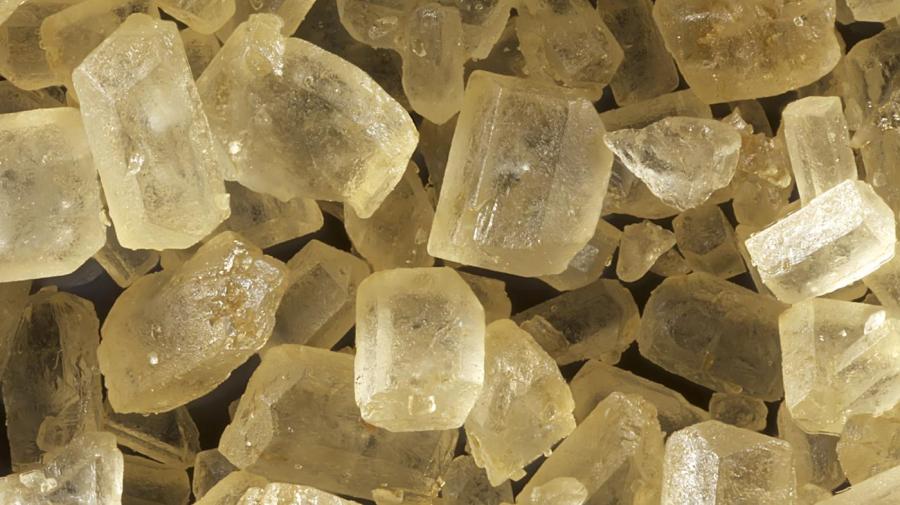How Does Sugar Affect Fermentation?

The amount of sugar in a fermentation reaction determines the amount of alcohol produced. Increasing the amount of sugar increases the amount of alcohol produced. The type of sugar being used can change the flavor of the alcohol.
In any chemical reaction, including fermentation, the amount of products formed is determined by the amount of reactants used. Thus, increasing the amount of sugar used increases the amount of alcohol being produced since increasing the amount of sugar increases the amount of reactants going into the fermentation reaction. The source of the sugar can determine the flavor of the alcohol produced. For example, sugars obtained from grapes are fermented to make wine, rum is produced from sugar cane, and grain starches are used for vodka, whiskey and beer.
Fermentation is a process by which sugars are converted to alcohol and carbon dioxide by microorganisms such as yeast in the absence of air. The sugar could be a simple sugar such as glucose or fructose, or a more complex sugar such as sucrose. Sucrose is a dimer, which means it is made up of one molecule of glucose linked to one molecule of fructose. When sucrose is used in the fermentation process, the first step has to be the breakage of the link between the two simple sugars by an enzyme. The glucose then undergoes a process known as glycolysis where it is broken down into two pyruvate molecules. In the presence of oxygen, the pyruvate molecules are converted to carbon dioxide and water. But under anaerobic conditions, fermentation occurs, and the sugars are converted to alcohol.





